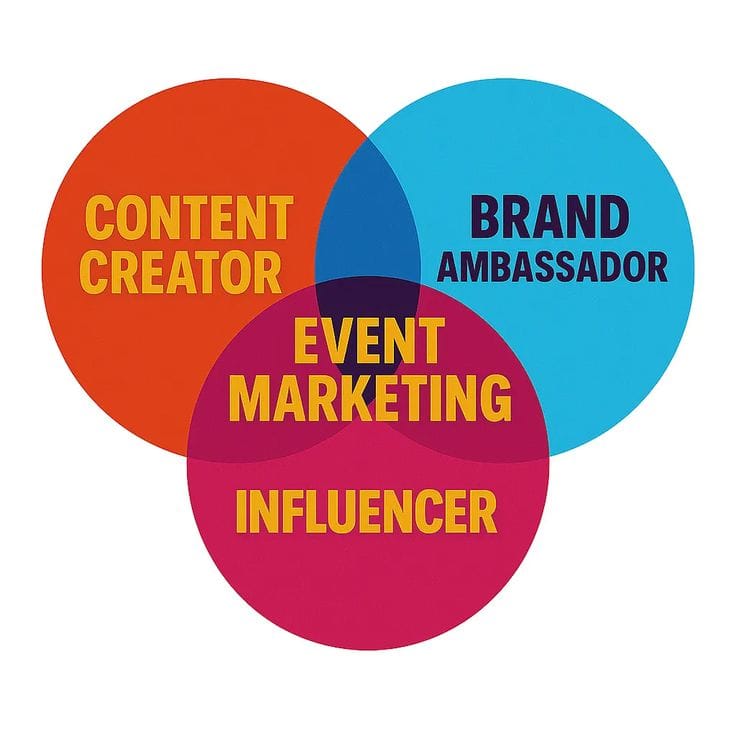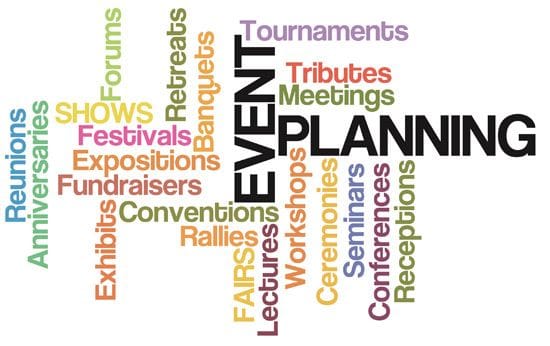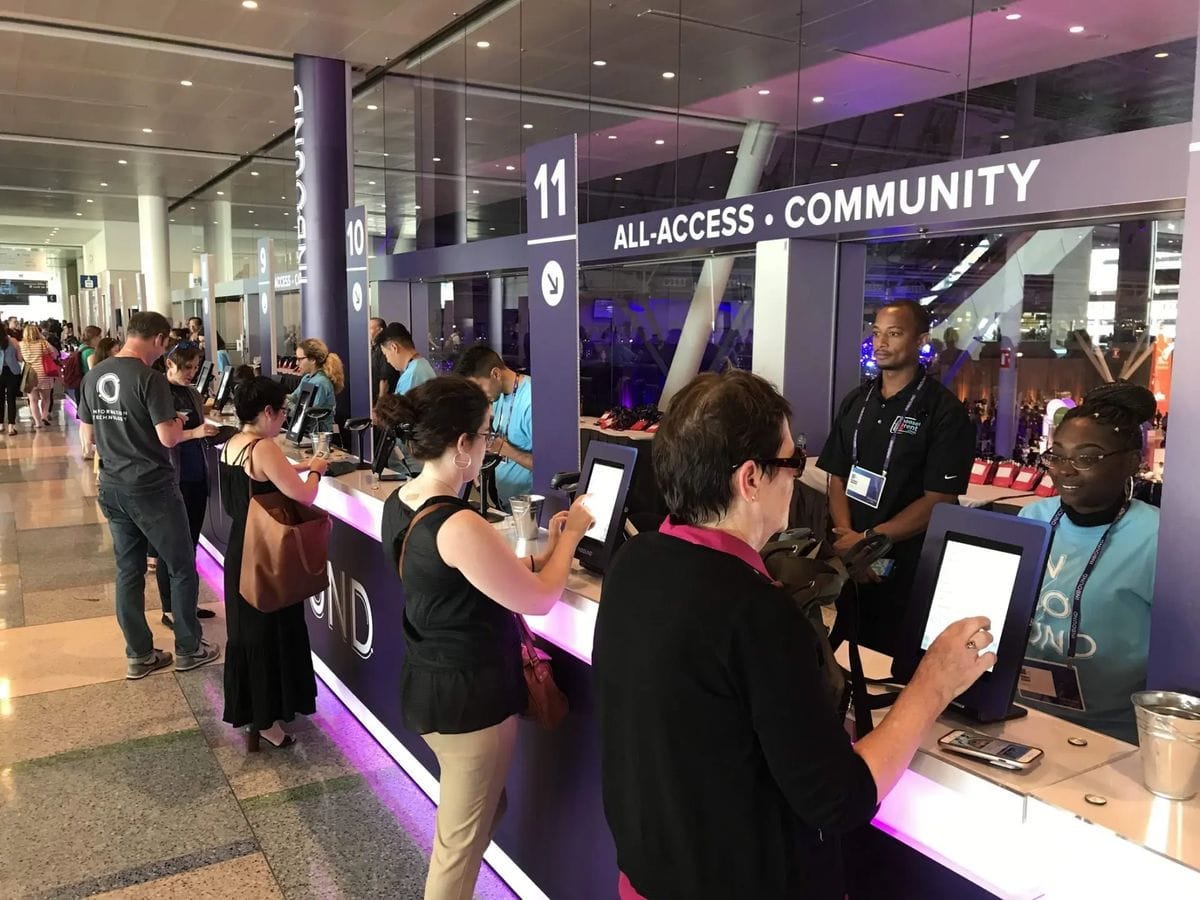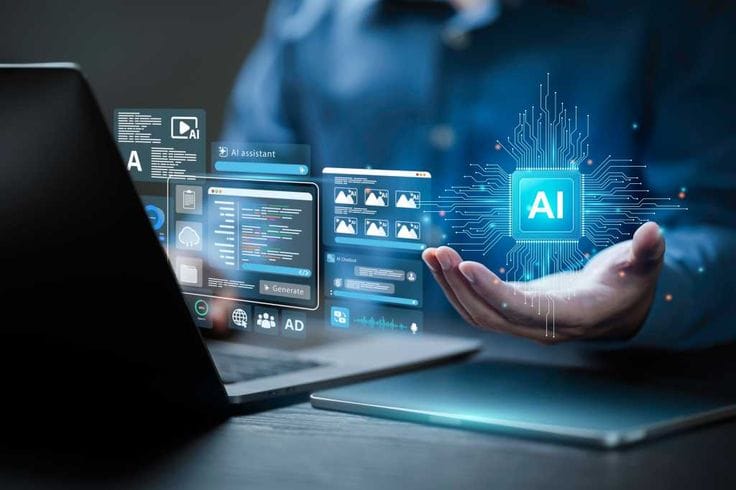The landscape of event promotion has fundamentally shifted. Traditional advertising channels no longer command the attention they once did. In their place, authentic voices with loyal followings have emerged as powerful drivers of engagement and attendance. Forward-thinking event organizers are discovering that partnerships with niche influencers can turn empty venues into sold-out events.
The Power of Niche Over Numbers
When selecting influencers for event marketing, it's crucial to look beyond follower counts. A fitness influencer with 50,000 engaged followers will often generate far better results for a wellness summit than a lifestyle influencer with 500,000 disengaged ones. Niche influencers possess trust and credibility within specific communities, and their endorsements carry the authority of genuine expertise.
Micro-influencers, typically with 10,000 to 100,000 followers, often boast engagement rates between 3–7%, compared to the 1–2% common among mega-influencers. Their audiences see them as relatable peers rather than distant celebrities, which makes their recommendations feel like personal suggestions from a trusted friend.
Building Strategic Partnerships
Effective influencer marketing goes beyond asking for a few social media posts. It involves thoughtful partnerships that offer value to both the influencer and their audience. Consider providing behind-the-scenes access, VIP experiences, or even opportunities to co-host parts of the event. These tactics position the influencer as a vital part of the overall experience, not just a promotional tool.
Create a tiered collaboration strategy. Nano-influencers (1,000–10,000 followers) might be offered free tickets in exchange for organic content, while more established micro-influencers could be invited to speak or participate in panel discussions. This layered approach helps you stretch your marketing budget while maximizing reach and impact.
A Three-Phase Content Strategy
To get the most from your influencer partnerships, extend your content plan across three phases: pre-event, during the event, and post-event.
- Pre-Event: Collaborate on educational or engaging content that builds anticipation. Have influencers share what excites them about the event, how they’re preparing, or which speakers they’re most interested in. These behind-the-scenes glimpses feel authentic and build trust.
- During the Event: Encourage influencers to post in real-time. Focus on candid moments, key takeaways, or networking interactions. Real-time posts help highlight the energy of the event and showcase the value to those not in attendance.
- Post-Event: Maintain the momentum. Have influencers share what they learned, the people they met, or content recaps that keep the conversation alive. This phase helps extend the event’s lifecycle and reach.
Measuring Impact and ROI
Before launching your campaign, set clear objectives and tracking methods. Use unique promo codes or custom URLs to monitor ticket sales, social reach, and engagement. More advanced analysis may include evaluating attendee behavior, such as how long they stayed or whether they interacted with event partners or sponsors.
Also track sentiment. Are followers commenting positively on posts? Are they resharing content or asking how they can attend? These qualitative insights are just as important as quantitative metrics.
Create reporting dashboards that include both numbers and narrative—ticket conversions, website traffic spikes, and social mentions alongside tone, excitement, and influencer alignment.

Creating Long-Term Relationships
The best influencer relationships are built over time. Instead of viewing influencers as one-off partners, treat them as long-term collaborators. Develop an “influencer alumni” program to keep them engaged between events. Share exclusive updates, invite them to internal planning sessions, or even ask for their input on content or programming decisions.
Consider forming an influencer advisory panel—trusted content creators who regularly contribute ideas and feedback. This involvement builds investment and ensures that influencers become genuine champions of your events.
Fair and Flexible Compensation
Influencer compensation doesn't always have to mean cash. Many creators value professional development opportunities, exclusive access, or content creation support over traditional payment. Offer packages that may include professionally shot photos, networking introductions, or even public speaking opportunities.
Transparency is essential. Provide influencers with detailed briefs that outline what you expect, what they’ll receive in return, and how flexible they can be with creative direction. Give them the freedom to maintain their authentic voice—after all, that’s why their audience trusts them.
Common Mistakes to Avoid
Not all influencers are the right fit for your event. Avoid partnering with creators who don’t align with your brand or audience values. A mismatched partnership can backfire, doing more harm than good.
Be sure all influencer content includes clear FTC-compliant disclosures. Authenticity and transparency build audience trust and protect both parties from legal or reputational issues.
Scaling Your Strategy
As your event portfolio grows, streamline your influencer outreach and collaboration processes. Develop standardized templates, contracts, and briefing documents. Build a database of previous collaborators with notes on performance, audience fit, and engagement levels.
Use tools to manage campaigns more efficiently—platforms like Upfluence, Aspire, or even airtable can help track influencer metrics, deliverables, and ROI in one place.

Conclusion
The future of event marketing lies in trust, authenticity, and community connection. Strategic influencer partnerships allow you to tap into existing audiences in a way that feels genuine and engaging. By building thoughtful relationships with the right voices—those who align with your mission and speak directly to your target demographic—you can create event experiences that resonate deeply and sell themselves.


